Meetings
Join us and learn more about refuges and wildlife at our meetings held from 5-6 pm AKT, the 3rd Tuesday of the month. from fall to spring. Every meeting can be attended live if you are in the same town as the speaker, at watch parties in Anchorage, Kenai and Homer or on zoom wherever you are. All meetings are also recorded and posted on this page. You do not need to be a member to attend.
Upcoming Schedule:
November 19: Flying Wild: Aerial Bird Surveys across the National Wildlife Refuges of Alaska and Beyond with Pilot/Biologist Heather Wilson. Live in Anchorage at REI; watch parties at refuge headquarters in Homer and Soldotna.
No meeting in December.
January 21: Looking Back and Looking Forward: Our Years on the Kenai and Alaska Maritime National Wildlife Refuges with retiring long time managers Andy Loranger (Kenai) and Steve Delehanty (Alaska Maritime).
February – April schedule TBD
Every meeting will feature an engaging speaker from one of Alaska’s 16 Refuges or a partner who is closely involved with our Refuges.
- All Posts
- Back
- Walk for the Wild
- Special Events
- Meetings
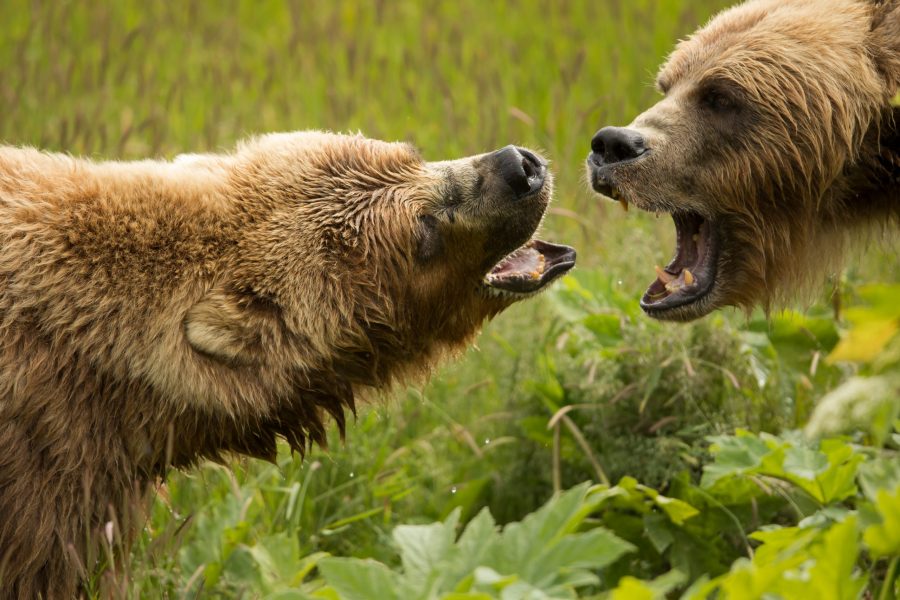
This serious threat to the Refuge, which contradicts prior refuge decisions, prompted this unusual midsummer meeting. Comments on the proposed changes will only be accepted until August 10. There will be no public process other than the comment period. For details about the issues, the Federal Register Notice, the draft Environmental Assessment, talking points, and instructions about submitting comments, please see our Proposed Kenai Regulations post.
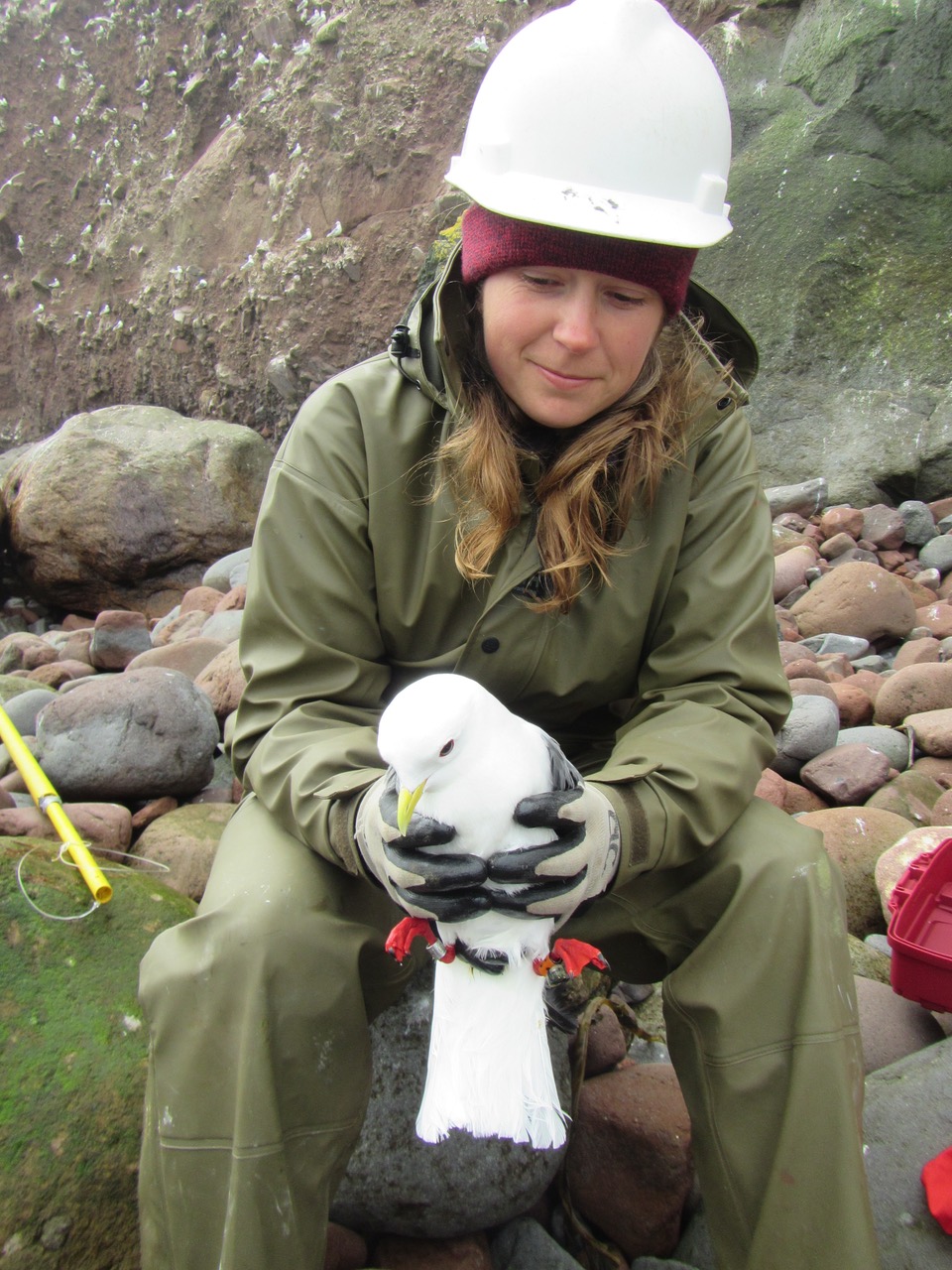
By Brie Drummond, Wildlife Biologist at Alaska Maritime National Wildlife Refuge
A special bird that few people see, red-legged kittiwakes nest on only a few remote islands in the Bering Sea. With few breeding colonies and a highly specialized diet of myctophid fish, red-legged kittiwakes are especially vulnerable to changes in their breeding and marine foraging habitats, including those brought about by climate change and introduced predators. All red-legged kittiwakes in Alaska (85% of the global population) breed on Alaska Maritime National Wildlife Refuge. For the last four decades, Refuge staff have collected extensive data on this species during the summer breeding season, including numbers of birds returning to colonies each year, numbers of chicks hatching and fledging, and what chicks are fed. However, we know very little about what happens to red-legged kittiwakes the rest of the year. Research on other seabird species shows that winter conditions can play a large role in both survival and success at the colony the following summer, so we wanted to learn more about what kittiwakes experienced when away from the colony. 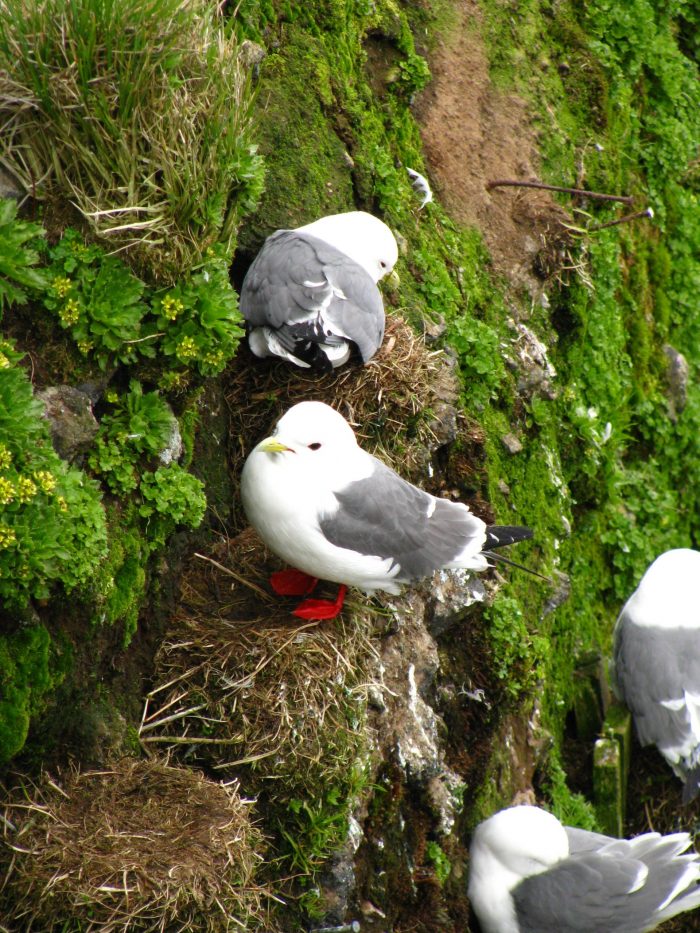
Red-legged kittiwakes (photo by Brie Drummond, AMNWR)
We used geolocation loggers (or geolocators) to record locations and behaviors of red-legged kittiwakes during the winters of 2016-2017 and 2017-2018. Geolocators are small data recording devices (~1 gram or the size and weight of a large raisin) that attach to a plastic leg band and record light levels and immersion in saltwater. From those data, we generate twice-daily latitude and longitude positions for each bird and estimate how birds spent their time (flying, sitting on the water, or actively foraging).
To explore whether red-legged kittiwakes from different colonies had similar wintering locations and behavior, we deployed geolocators on birds from the two largest breeding colonies in Alaska, St. George Island in the Pribilof Islands and Buldir Island in the western Aleutian Islands, separated by1000 kilometers. We captured and tagged kittiwakes during the summer breeding season when birds were attending nests at the colonies. Geolocators do not transmit data remotely, so biologists must recapture the birds in subsequent breeding seasons in order to retrieve devices and download data. For the St. George component of the study, we collaborated with Dr. Rachael Orben, an Oregon State University researcher.
We found where red-legged kittiwakes from the two colonies spent the winters depended on the time of year. Birds from both locations left their breeding colony in late August or early September. During the fall and early winter (October-December), St. George kittiwakes were in the Bering Sea whereas Buldir kittiwakes were thousands of miles west off the Russian coast in the Sea of Okhotsk. However, during late winter (January-March), the two colonies overlapped in their distribution, especially in an area east of the Kuril Islands. By April, birds were back at their respective breeding colonies. These patterns were almost identical during the two winters of our study.
From the behavior data, we learned that birds from both colonies had similar activity budgets during the non-breeding season, spending most of the night sitting on water and flying during the day. Most active foraging occurred the hour before and after dawn; this may reflect foraging for myctophids, which are generally available at the ocean’s surface only at night.
We learned important information about where and how red-legged kittiwakes from Alaska’s two largest colonies spend their time when away from the breeding grounds. The region east of the Kuril Islands appears to be crucial for the global red-legged kittiwake population; interestingly, this area is a winter vacation hotspot for many other Alaskan seabirds. We hope to publish these data in a scientific journal soon to share this information with other seabird researchers.

Please join us on Tuesday, March 17, 5-6pm (AKDT), for our Friends March membership meeting with featured guest speaker and fire ecologist Lisa Saperstein.
This was a virtual meeting; watch a recording of Lisa’s presentation below.
How will wildfire affect refuges in a changing climate? Wildfire was always a major driver of habitat change in much of Alaska but last summer was one for the record books in terms of the number of people impacted by smoke, road closings, activity cancellations and fear for life and property. Scientists and managers are scrambling to understand what Alaska will look like in the future with predicted increases in fire occurrence and to figure out how to manage fire with a changing climate. Lisa will give an overview on fire in Alaska from fire history and habitat changes to current research topics and refuge projects to reduce risks. 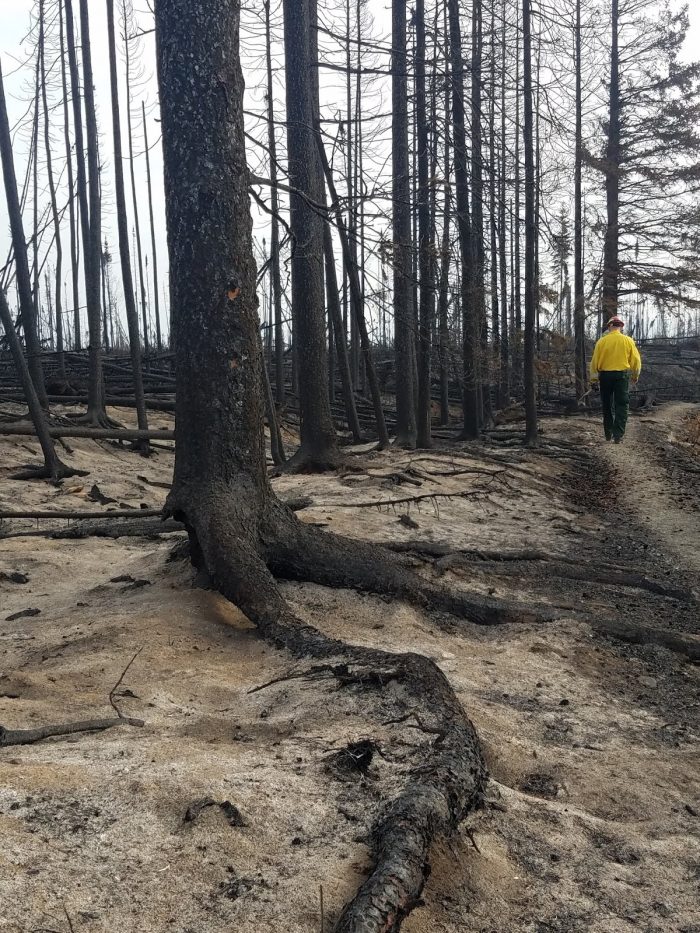
Lisa’s current work focuses on post-fire effects on wildlife and vegetation, burn severity and fuel treatment planning and monitoring. She is a collaborator on research on climate change and fire in boreal forest and tundra and on modeling fire behavior during wildfires. After working on the Selawik, Koyukuk/Nowitna, Yukon Delta and Kanuti refuges, she was hired in her current position as fire ecologist for all Alaska refuges in 2010. Lisa began her Alaska career as a Master’s student at UAF in 1989 investigating the effects of tundra fire on caribou winter range.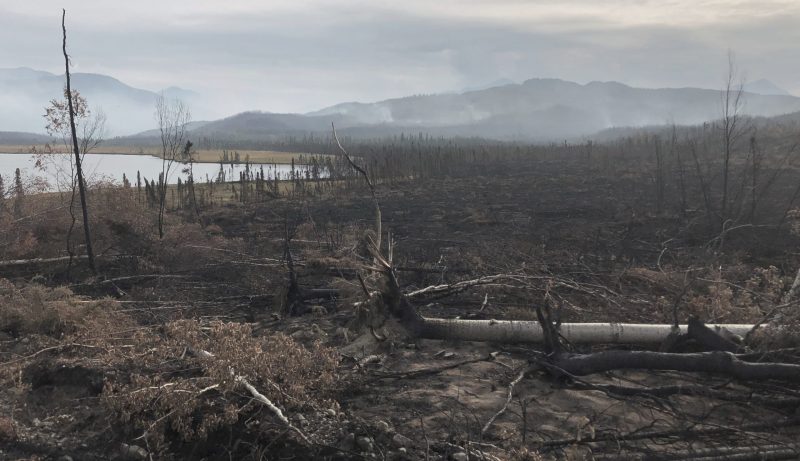
Missed this meeting? Watch a recording of Lisa’s presentation:
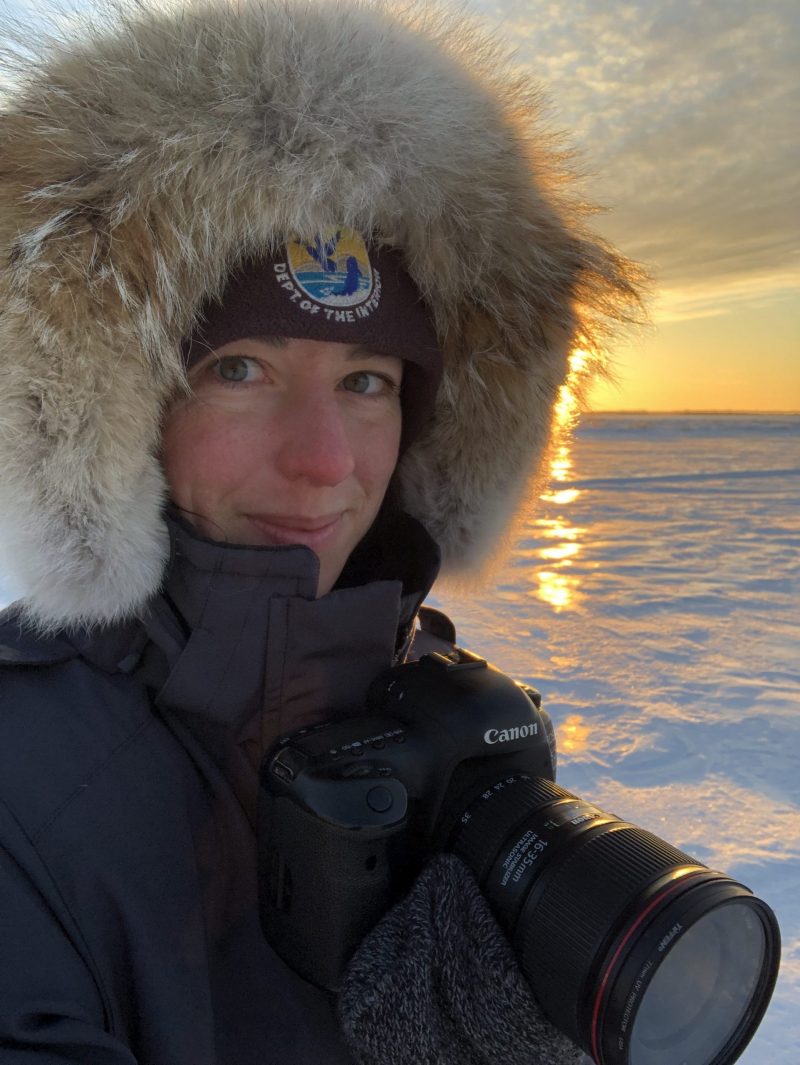
Lisa will be speaking to us at the Anchorage meeting: our other gatherings will join via Zoom Meetings or you can join from home (see below).
- Anchorage: Fish & Wildlife Service Regional Office, 1011 E. Tudor
- Fairbanks: Watershed School 4975 Decathlon
- Homer: Islands and Ocean Visitor Center, 95 Sterling Highway
- Soldotna: Kenai National Wildlife Refuge Visitor Center, Ski Hill Road
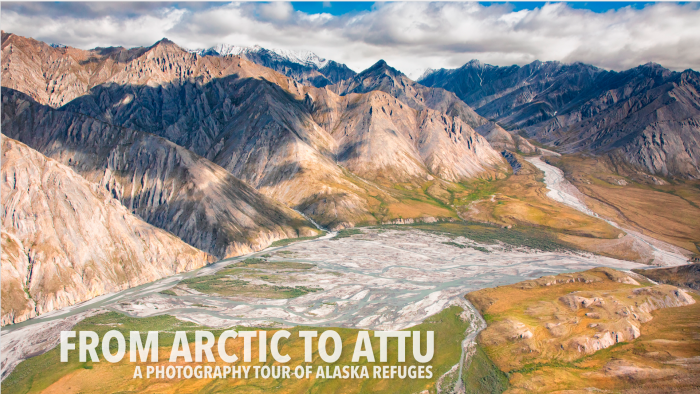
Lisa Hupp will share her experiences behind the lens photographing Alaska’s refuges. “I love how photography can demand close attention and devotion to place,” Hupp says. “It’s a way to see and share the world, whether you take photos on a phone or with a backpack full of equipment. Alaska’s national wildlife refuges are places of endless possibility for photographers, from dramatic and vast landscapes to charismatic wildlife. These refuges are big, wild and remote; photography can help us to tell their stories.”
Hupp is the Communications Coordinator for National Wildlife Refuges in Alaska. You can see some of her images and read how she gets those amazing shots here.
Download Lisa’s presentation: Arctic to Attu (PowerPoint .pptx file)
Missed the meeting? Watch a recording of the meeting below: